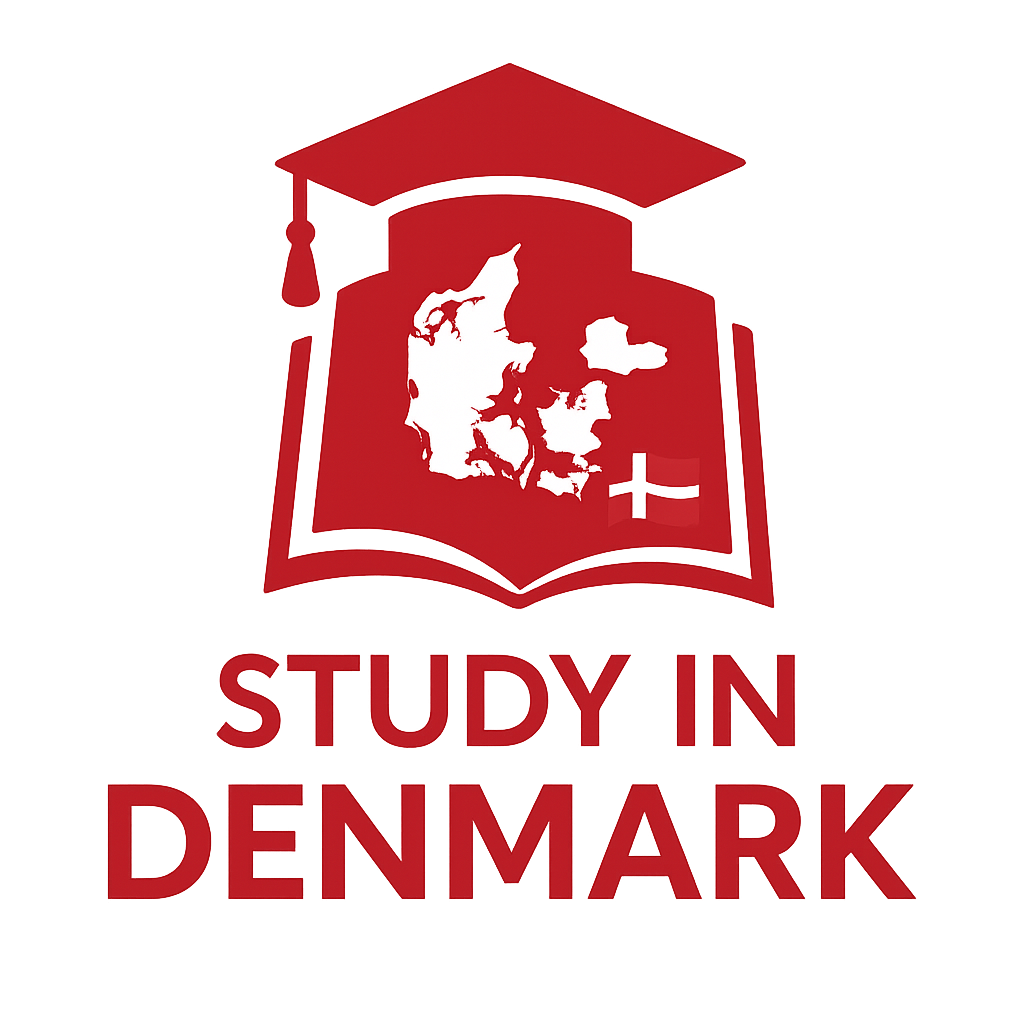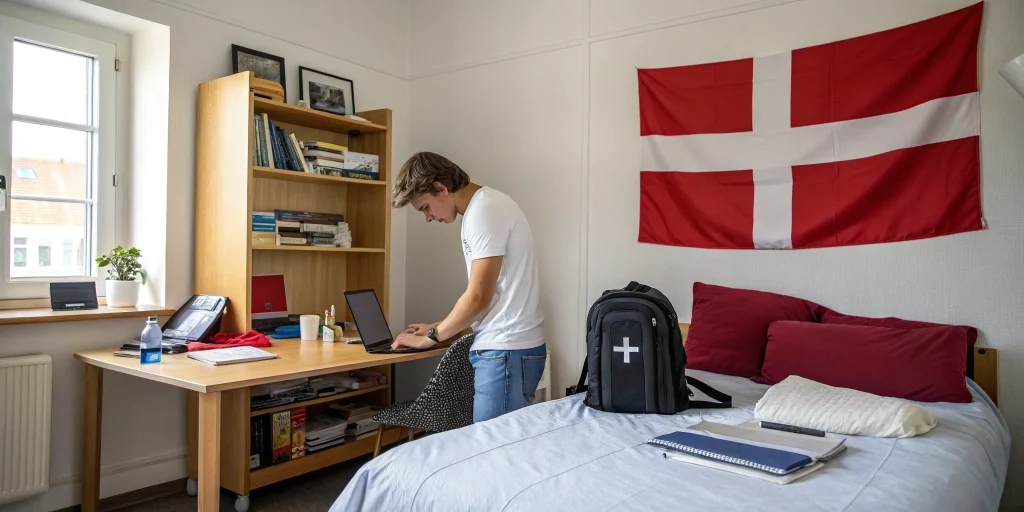How to Prepare for Life on Campus in Denmark
Campus Life Overview
Danish higher education institutions are renowned for their distinctive campus environments. These campuses are designed not only for academic pursuits but also for fostering creativity and social interaction among students.
Campus Facilities
- Cafés and Restaurants: Perfect for socializing and taking breaks between classes.
- Libraries: Equipped with study resources and quiet areas for focused work.
- Meeting Spaces: Dedicated areas for group projects and collaborations.
The campus environment is meant to support both academic development and social interaction, though it may differ significantly from what international students are accustomed to.
Decentralized Campus Models
Unlike universities in some countries with centralized campuses, many Danish institutions distribute their facilities across multiple locations. For example, the University of Copenhagen comprises several campuses scattered throughout the city. This decentralized model means students often attend classes only once or twice per week, creating a different rhythm of student life than might be expected.
Practical Preparation
Successfully adapting to life on campus in Denmark requires practical preparation.
Survival Guide for International Students
The International Students’ Survival Guide to Denmark is an essential resource that provides valuable tips, insights, and background information to optimize your student experience in Denmark. This guide covers:
- Practical Tips for Daily Living: Essential information on transportation, health care, and finances.
- Cultural Insights About Denmark: Expectations, customs, and communication styles to be aware of.
- Navigational Information: How to navigate student life, including administrative tasks and where to seek help.
Utilizing resources like the International Students’ Survival Guide can significantly enhance your transition into Danish campus life.
Academic Environment
Denmark’s educational approach is marked by:
- Academic Excellence: Danish institutions are globally recognized for their rigorous standards.
- Emphasis on Creativity: The education system encourages creative problem-solving and out-of-the-box thinking.
- Innovative Thinking Approaches: Students are challenged to engage in critical discussions and collaborative work.
- Inspiring Professors: Experienced educators who encourage independent thought and exploration of ideas.
- Global Partnerships and Perspectives: Exposure to international faculties and peers broadens educational horizons.
This academic environment encourages a departure from rote learning, fostering independent thinking and collaborative projects.
Housing Considerations
Housing Distribution
Unlike some university systems where student housing is concentrated in one area, Danish housing options are often scattered across many neighborhoods. This scattered arrangement promotes integration with the broader community but may require students to be more proactive in building their social networks.
Planning for Accommodation
Planning ahead is essential to secure appropriate accommodation, especially in larger cities like Copenhagen and Aarhus, where housing can be limited. Consider options such as:
- Student Residences: Often the most affordable and social way to live.
- Shared Apartments: Provides a more independent lifestyle while still offering opportunities to connect with others.
- Private Rentals: May require more upfront effort and expenses but can cater to specific needs and preferences.
By securing suitable housing, you can enhance your overall campus experience and encourage social interactions with local residents.
Conclusion
Preparing for life on campus in Denmark involves understanding the academic environment, leveraging social resources, and arranging appropriate housing. By utilizing the insights and resources provided through the Study in Denmark platform, you will be better prepared to navigate and enjoy your student experience.
Take the Next Step with Study in Denmark
Explore further to make your journey smoother and more enriching.




Social Integration Resources
Student Houses and Social Hubs
A crucial resource for international students is Studenterhuset (Student House), located in central Copenhagen near the Round Tower. This community hub is run by students for students and serves as a gathering place where individuals from all faculties can study together, meet new friends, and participate in various events. Membership in student houses often comes with discounts on beverages, snacks, and event entry fees, creating an affordable social experience.
Regular Social Activities
To help you integrate into the community, Danish campuses typically offer numerous organized social activities:
These activities provide excellent opportunities to connect with fellow students and immerse yourself in Danish culture.